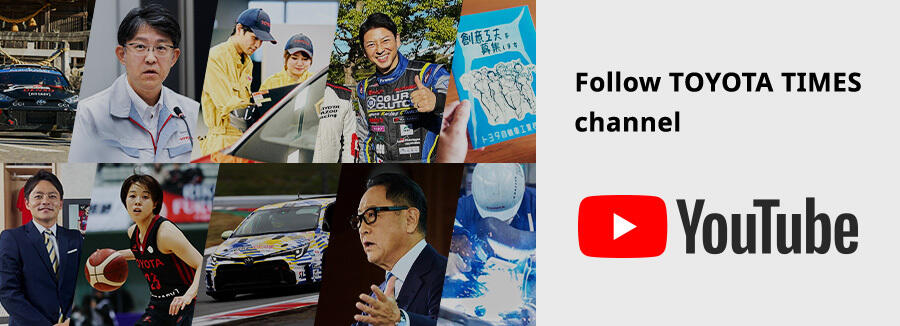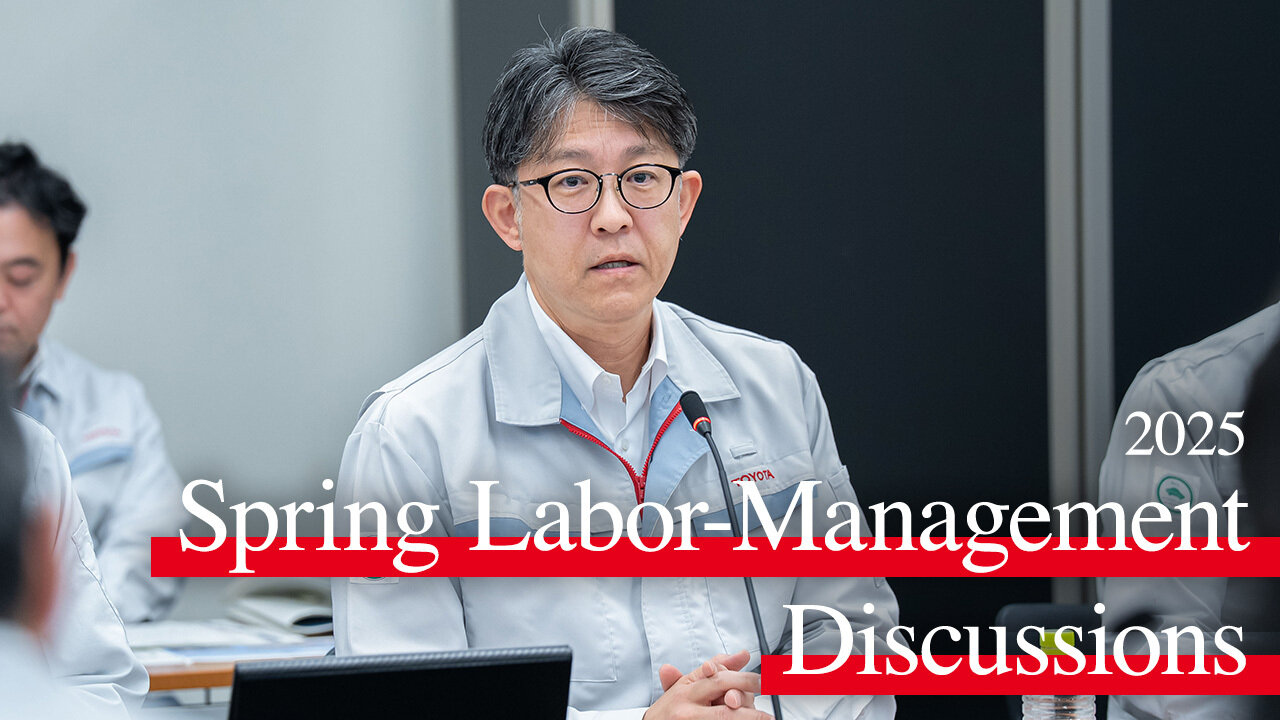
Having built up the earning power to fuel investments for the future, what hidden risks does Toyota face? The company's labor union and management re-examined the challenges that must be addressed as they look to the next five, ten, and fifty years.
An air of resignation
General Administration & Human Resources Group Chief Officer Takanori Azuma presented the results of surveys on job satisfaction at Toyota, along with the issue of low ambition among mid-career hires.
Chief Officer Azuma
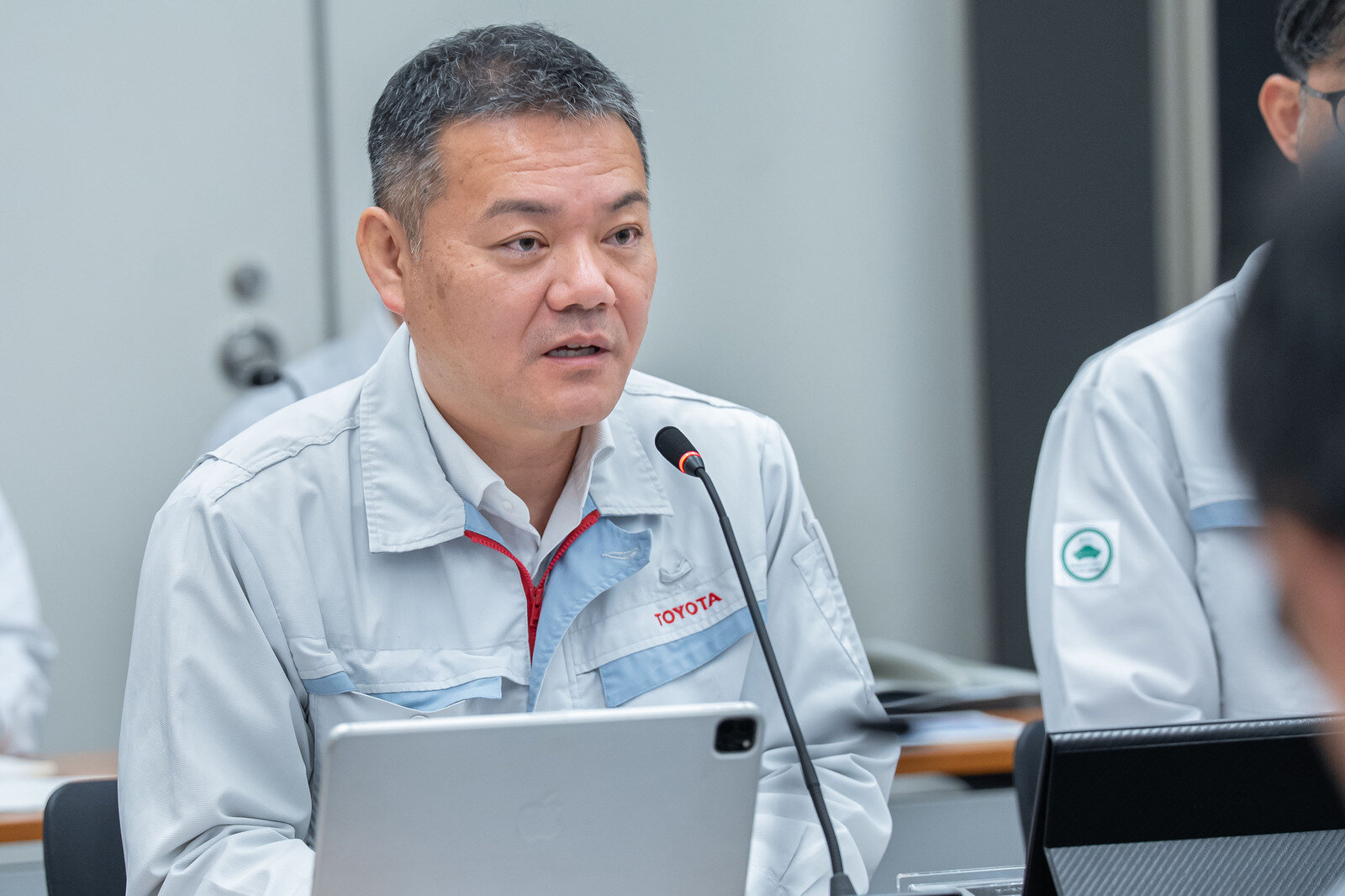
Every year, we conduct Well-Being Surveys that gauge the sense of purpose and fulfillment at each workplace.
Across the company, results show a very high level of satisfaction in working for Toyota, being able to contribute to society through Toyota, and being part of such an organization.
Meanwhile, the question “Are you realizing your individual potential?” drew an affirmative response rate of 40%. Set against the global average, this is quite low.
Another question asked: “Are you able to be yourself?” This too came in at 47%. Based on these scores, Toyota is a wonderful company on an organizational level, but when it comes to employees making the most of their abilities in their respective workplaces, or us making the most of our members, I think there are major issues.
“Can I expect things to change if I speak up?” scored 43%. In other words, more than half of Toyota feel that, even if they voice their opinion, nothing will change.
Hidden risks in Toyota’s business environment, different conditions faced by Japanese and Chinese carmakers, and issues with job satisfaction—Union Vice Chairman Keisuke Eshita addressed each of these three points.
Vice Chairman Eshita
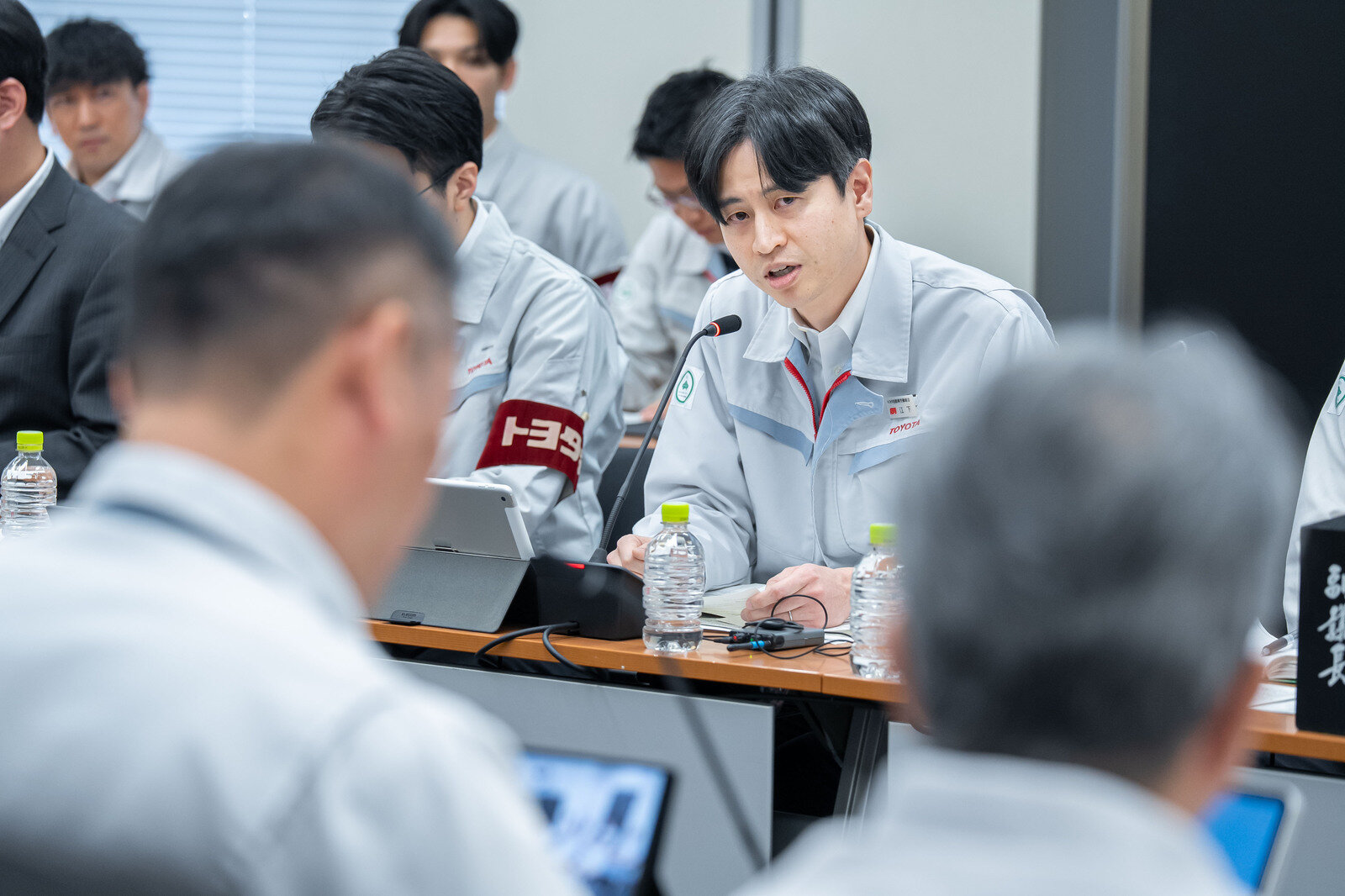
First, regarding the risks that Mr. Yamamoto explained, I appreciate that to maintain and strengthen our international competitiveness, we must harness our current surplus capacity and be prepared to invest for the future.
Likewise, I also feel that union members must consider what could contribute to future competitiveness and use their initiative to make suggestions and take action.
Regarding the risk of competition from China, the country’s carmakers also benefit from a highly favorable environment, including a large and highly motivated labor force, as well as strong backing from the national government.
Your comments once again brought home the fact that Toyota will struggle to survive by adopting the same approach, and that in order to do so, we must maximize our output through our strengths in the TPS (Toyota Production System) and the ability of each employee to work autonomously.
In terms of the risks associated with working conditions and fulfillment, we were reminded that the situation has not yet changed.
I believe the underlying reason is that we still encounter a certain territorial mentality between different levels and functions, which hinders individual workers from fully utilizing their abilities.
A stratified hierarchy
Union representatives also noted that, amid the dizzying pace of environmental change, workers find that their initial love for cars wanes as they are overwhelmed with the tasks at hand.
Executive Vice President Hiroki Nakajima recalled a time when “if we wanted to do something, we had to get many people on board with the idea before we could take action.”
Today, the company has fewer executives, and things run more smoothly. Even so, Vice President Nakajima says that “a stratified hierarchy still remains, with communication happening in a top-down fashion, and opinions from the genba being steadily filtered as they move up.”
Vice President Nakajima
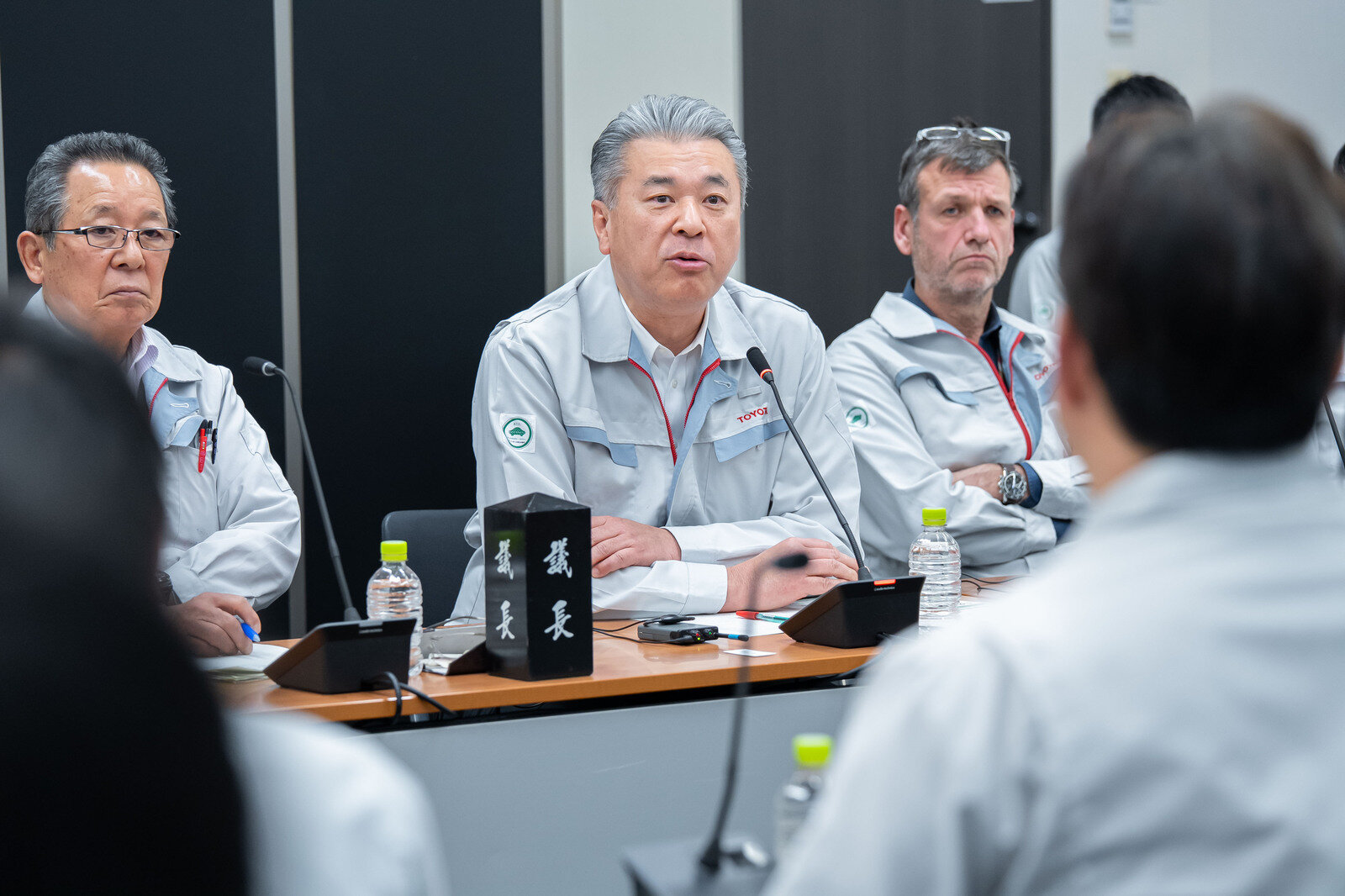
The important thing is not discussion between levels of the hierarchy, but direct communication. That’s what the various labor-management talks are about. I think our ongoing efforts on this front are bringing such things (the stratified hierarchy) to light again.
As someone who knows the company’s past, I can say that everyone from the chairman down fears that things may easily revert back to how they once were.
The reason is that the example I shared earlier was from only about a decade ago.
When faced with a difficulty, I think we subconsciously feel that it is easier to return to what we know.
Vice President Nakajima was warning younger employees unfamiliar with the past that, ten years from now, they may encounter the same situation.

